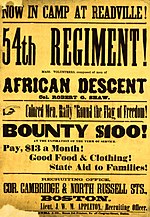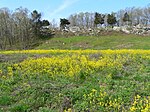Route 128 station

Route 128 station (sometimes titled Route 128/University Park) is a passenger rail station located at the crossing of the Northeast Corridor and Interstate 95/US Route 1/Route 128 at the eastern tip of Dedham and Westwood, Massachusetts, United States. The station is shared by Amtrak and the Massachusetts Bay Transportation Authority (MBTA). It is served by most MBTA Commuter Rail Providence/Stoughton Line trains, as well as by all Amtrak Northeast Regional and Acela intercity trains. The station building, platforms, and parking garage are all fully accessible. It is the 23rd busiest Amtrak station in the country and the fifth busiest in New England.The Boston and Providence Railroad and its successors Old Colony Railroad and New Haven Railroad served Green Lodge station, at the modern station site, from the 1850s to the 1920s. In 1953, the New Haven opened Route 128 station as a park and ride station adjacent to the Route 128 expressway. The original station buildings were replaced in 1965. Amtrak took over intercity service in 1971; the MBTA began subsidizing commuter service in 1973. The two agencies rebuilt the station from 1998 to 2000 with high-level platforms, a postmodern station building, and a four-story parking garage. The station attracted nearby transit-oriented development, but has suffered from unreliable escalators and elevators.
Excerpt from the Wikipedia article Route 128 station (License: CC BY-SA 3.0, Authors, Images).Route 128 station
Blue Hill Drive,
Geographical coordinates (GPS) Address Nearby Places Show on map
Geographical coordinates (GPS)
| Latitude | Longitude |
|---|---|
| N 42.2102 ° | E -71.1472 ° |
Address
Java Junction
Blue Hill Drive
02090
Massachusetts, United States
Open on Google Maps







